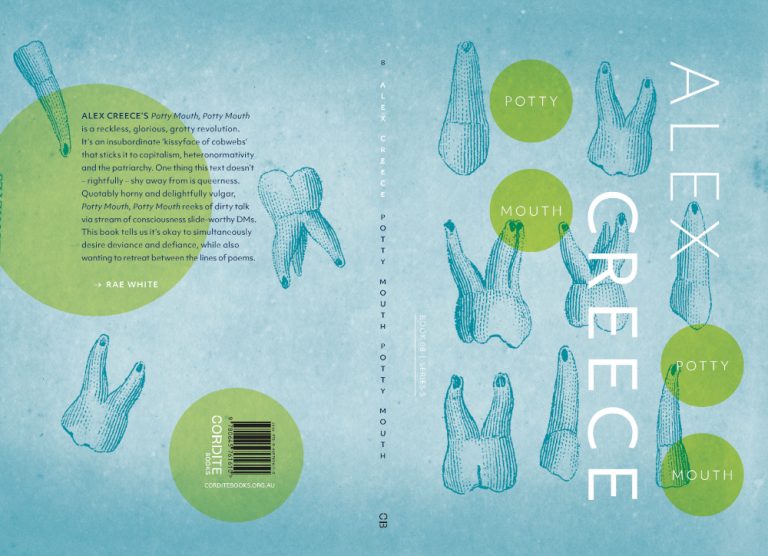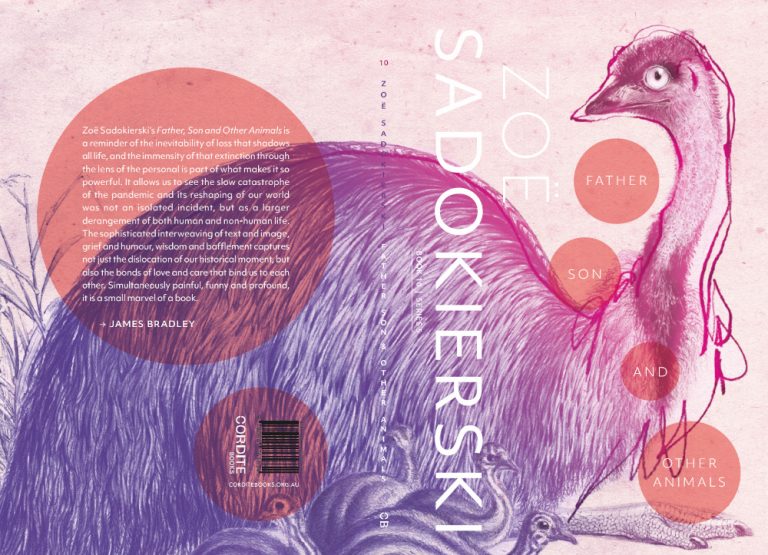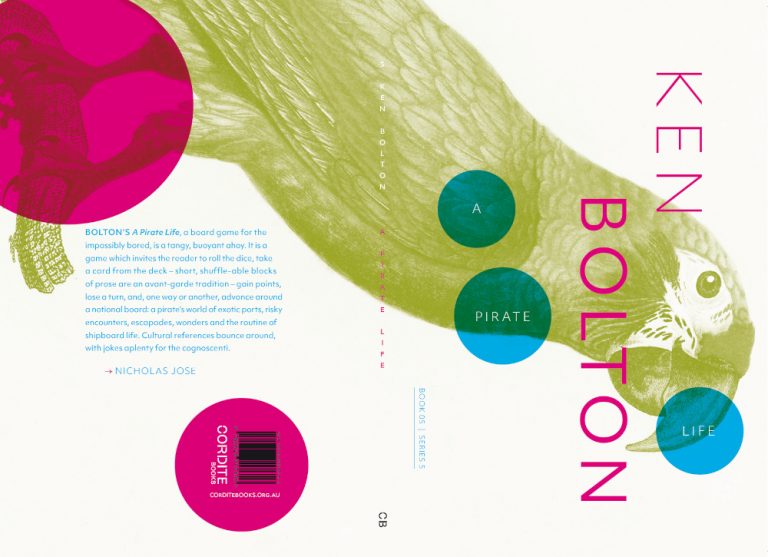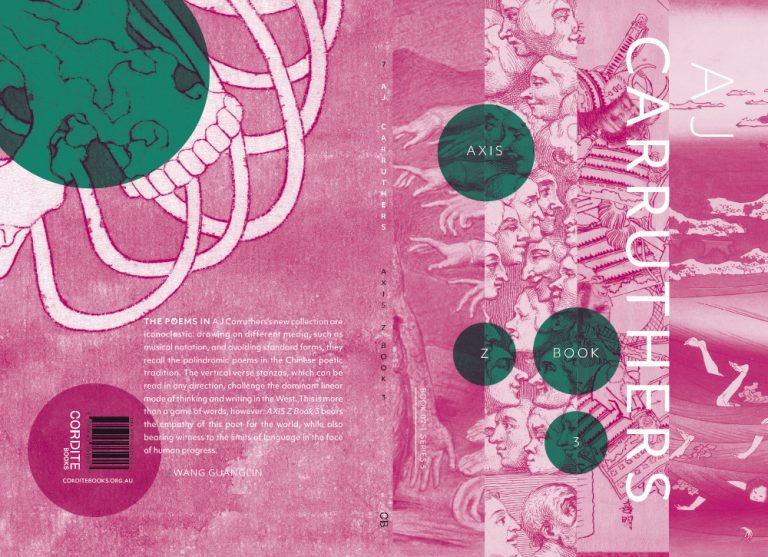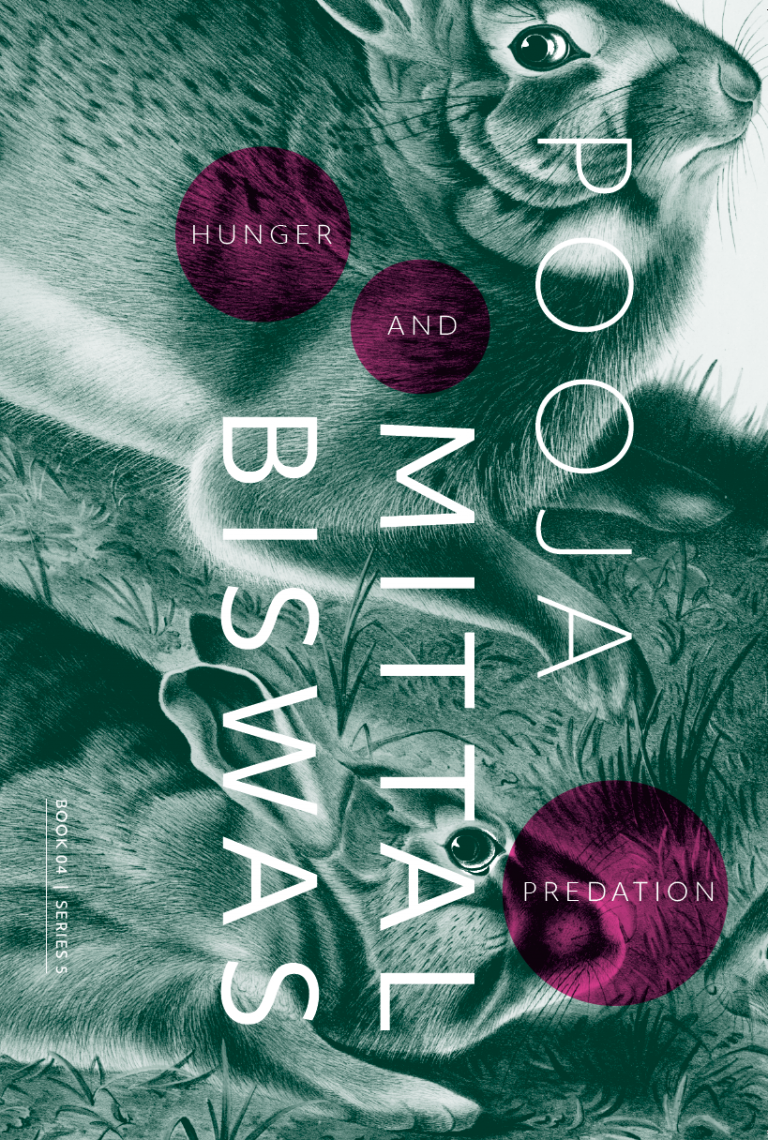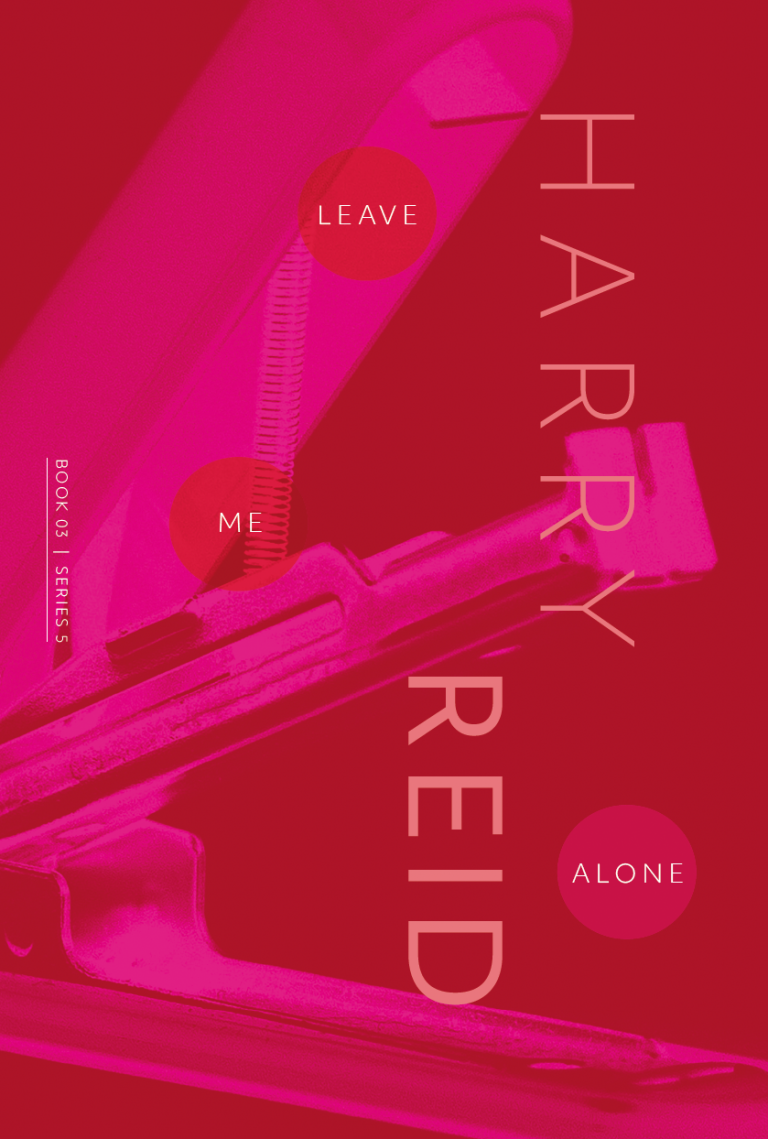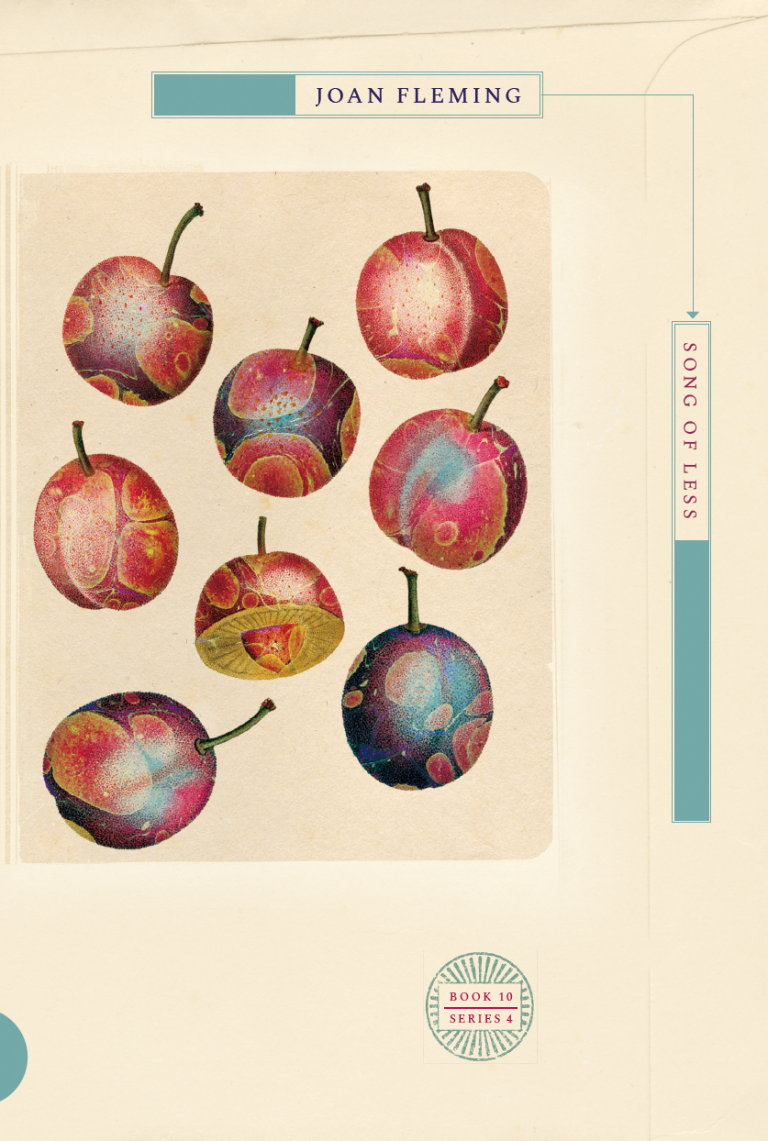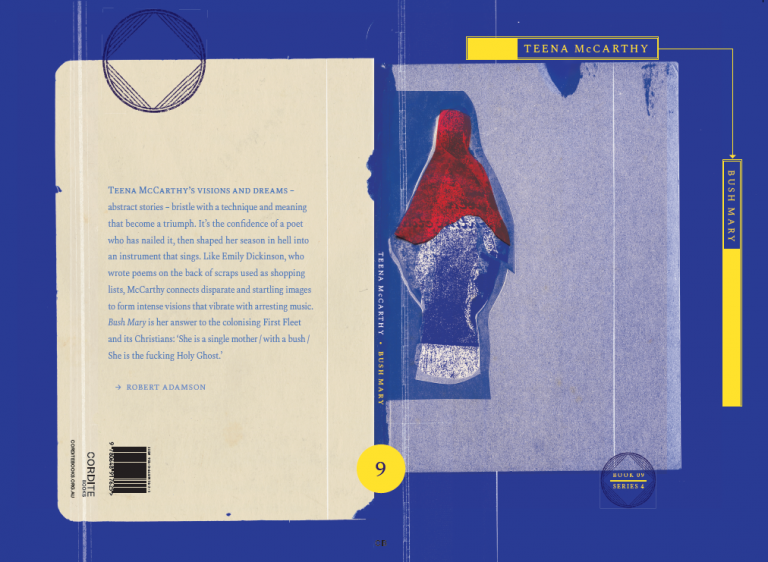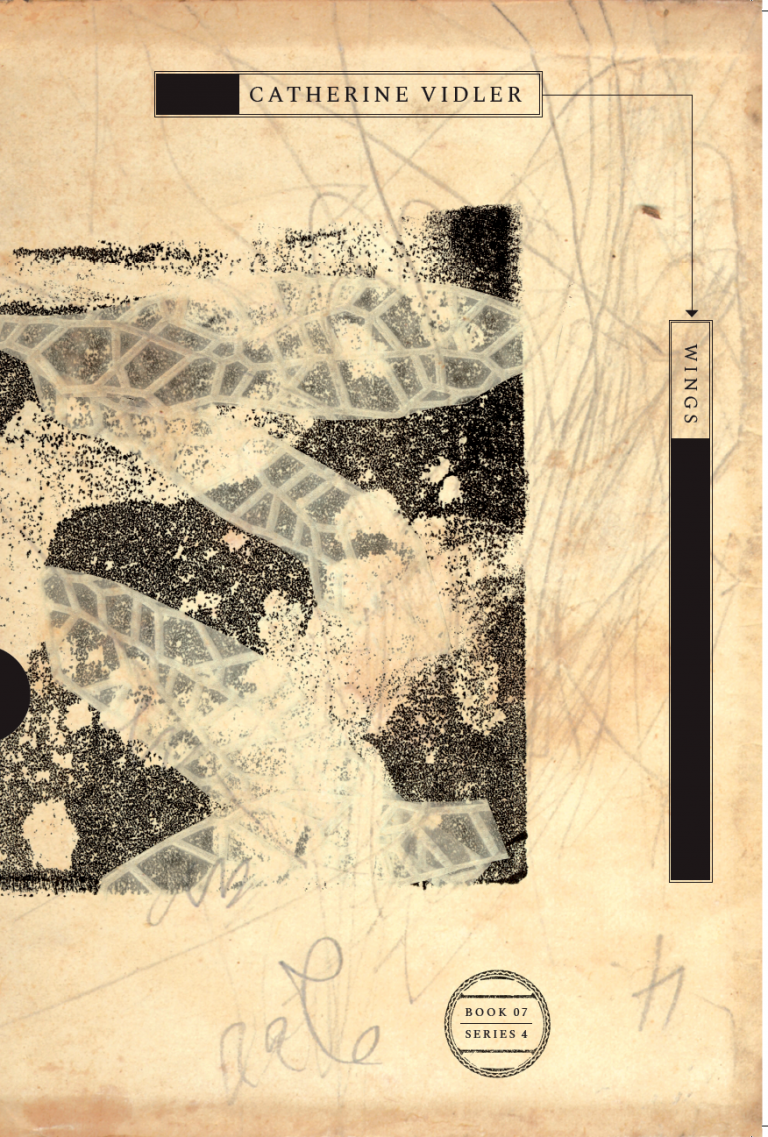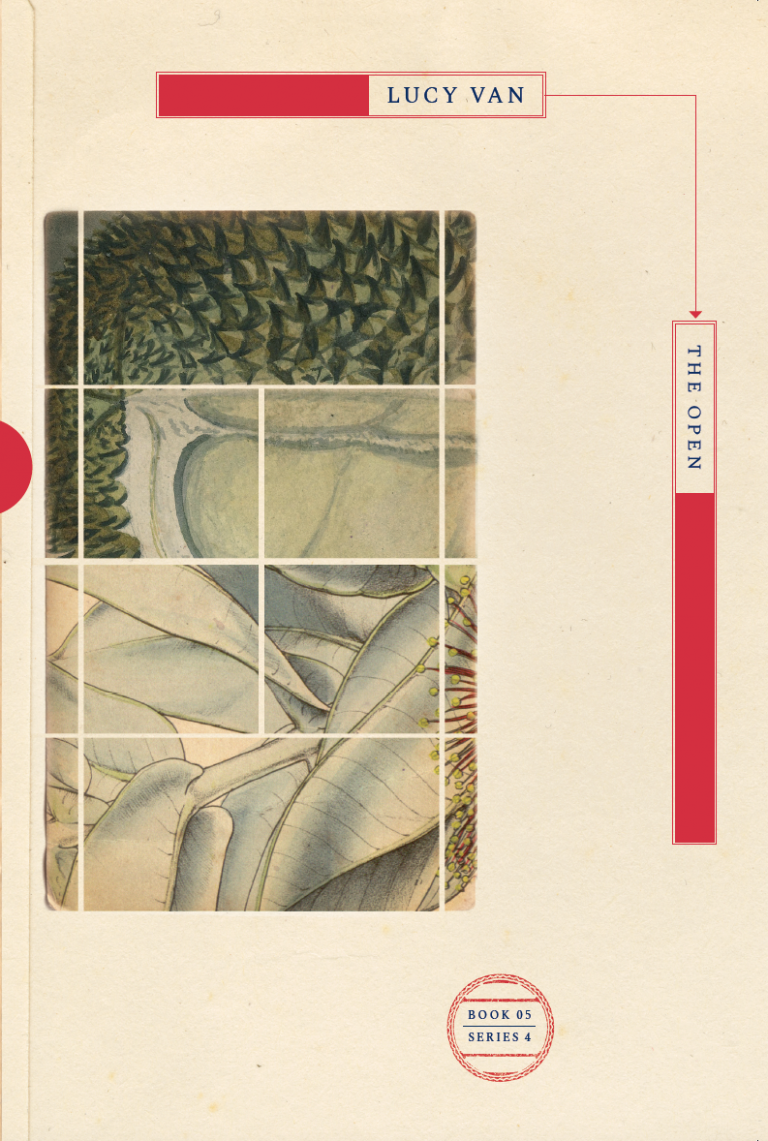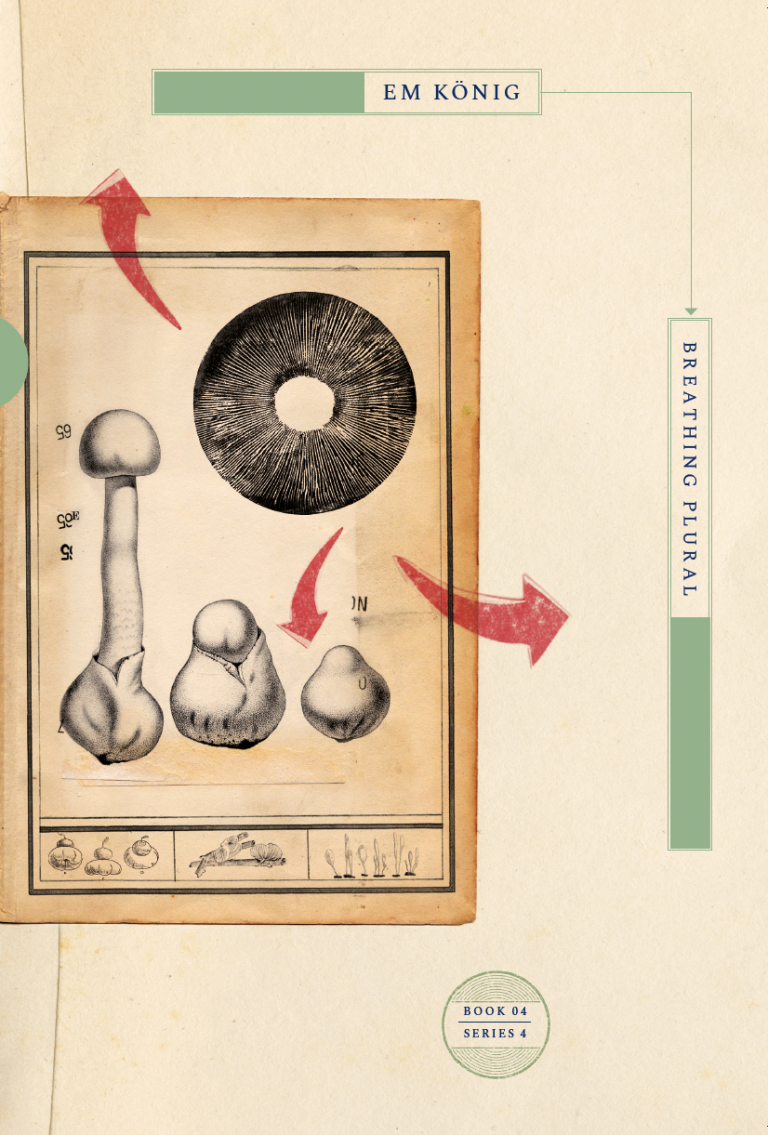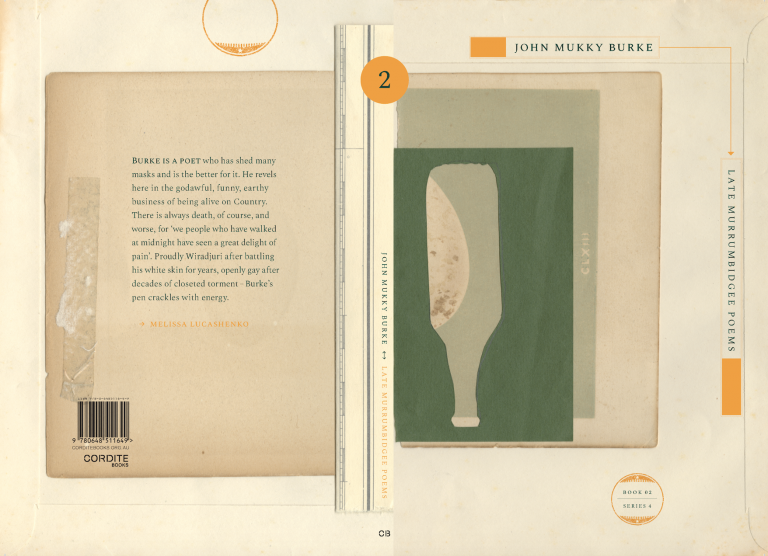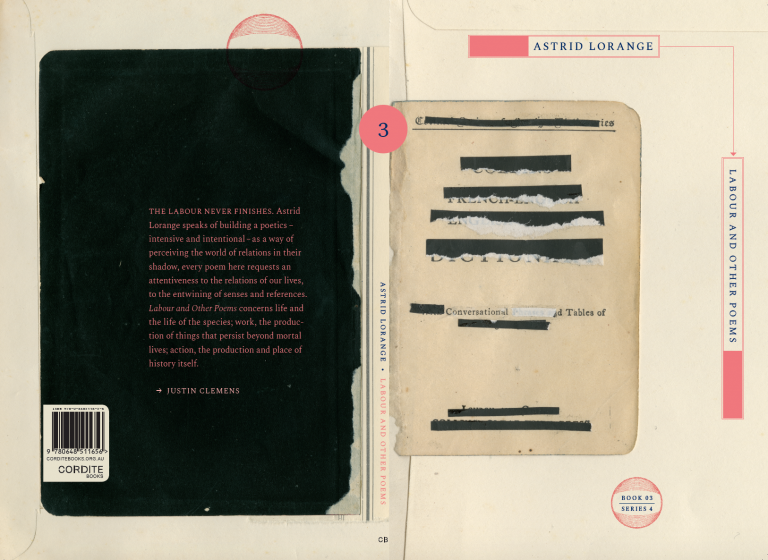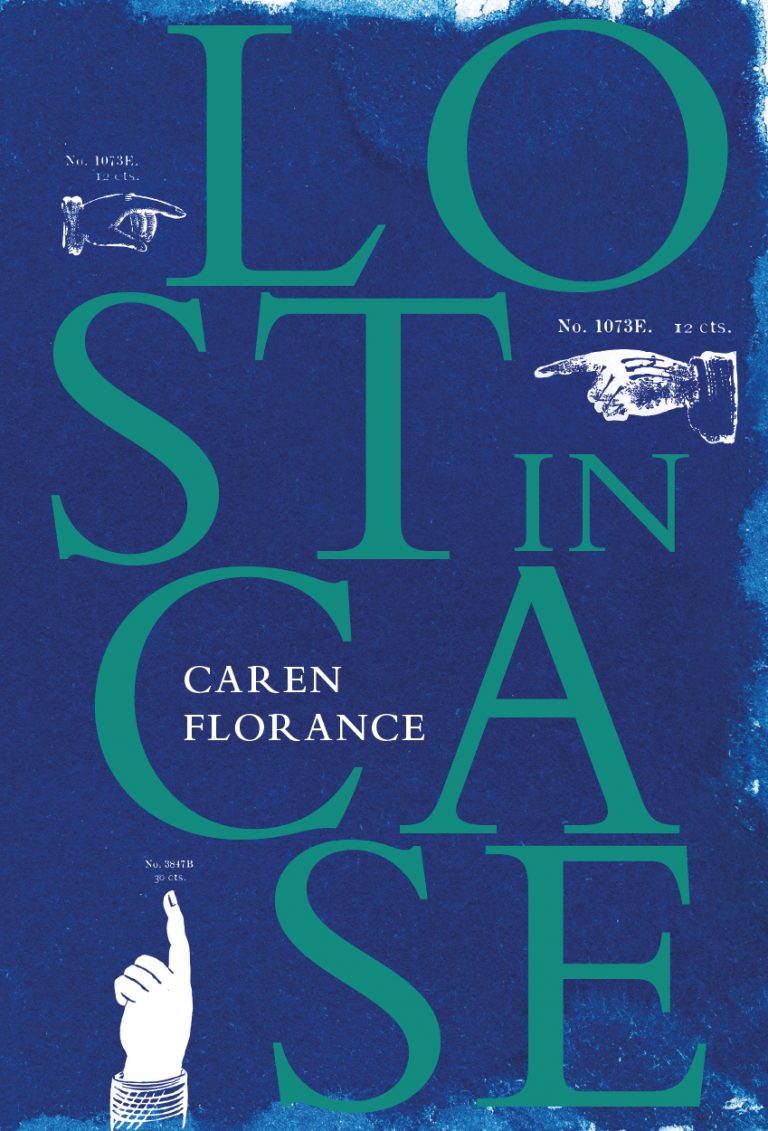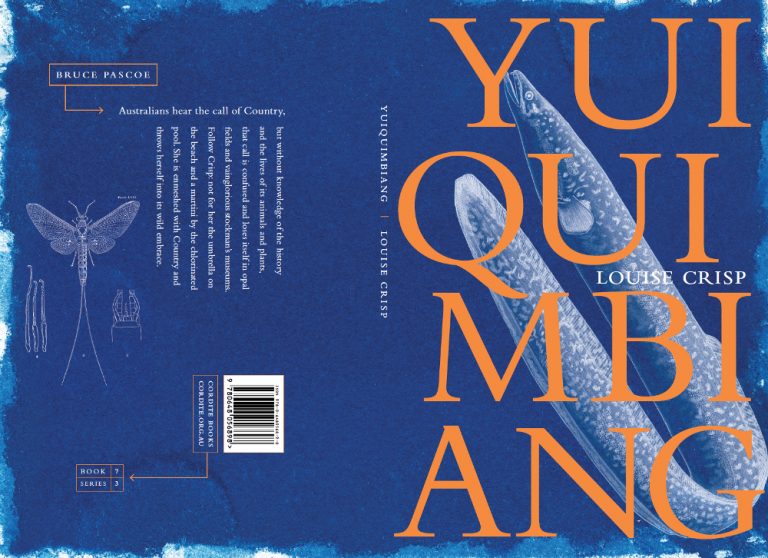INTRODUCTIONS
Introduction to Alex Creece’s Potty Mouth, Potty Mouth
Alex Creece’s Potty Mouth, Potty Mouth is a reckless, glorious, grotty revolution. It’s an insubordinate ‘kissyface of cobwebs’ that sticks it to capitalism, heteronormativity and the patriarchy.
Introduction to Zoë Sadokierski’s Father, Son and Other Animals
Zoë Sadokierski’s Father, Son and Other Animals opens with a moment of disconnection, as she describes her father’s tendency to retreat into himself when they are together, disappearing into imaginary golf practice.
Introduction to Alicia Sometimes’s Stellar Atmospheres
I feel a sense of delight at the idea of an artist surreptitiously working in a science lab. There is something mischievous, rambunctious, even anarchistic about it. The idea of intervention.
Introduction to Ken Bolton’s A Pirate Life
The author’s playfulness is to the fore in this strange, charming book. It is a game which invites the reader to roll the dice, take a card from the deck, gain points, lose a turn, and, one way or another, advance around a notional game board: a pirate’s world of exotic ports, risky encounters, escapades, wonders and the routine of shipboard life, always in the presence of the moody, changeable sea.
Introduction to Dan Hogan’s Secret Third Thing
What characterises Dan Hogan’s poetry is the way that, each time we come close to fully apprehending the impending collapse of capitalism, we are waylaid by something more urgent and mundane: groceries, emails, calls to Centrelink, traffic jams on the way home from work.
Introduction to A J Carruthers’s AXIS Z Book 3
In a j carruthers’s new collection, verse stanzas, running vertically from top to bottom rather than left to right, challenge the dominant linear mode of thinking and writing in the West.
Introduction to Pooja Mittal Biswas’s Hunger and Predation
In this fifth book of poetry, Pooja Mittal Biswas’s voice achieves musicality. While strong themes lend coherence to the whole, the language cascades and moves forward with an inner force.
Introduction to Harry Reid’s Leave Me Alone
BUY YOUR COPY HERE In Harry Reid’s Leave Me Alone, we enter a nondescript door down a laneway, casually apply the secret knock, and the door slides open – just enough for us to squeeze through sideways before it shuts …
Introduction to Alison Flett’s Where We Are
Conditional responses to the poems seem not only possible, but necessary. There’s much that slips in and out of light, and Flett’s poems have a zero-sum gaze: where there’s not light, there’s darkness.
Introduction to Kim Cheng Boey’s The Singer and Other Poems
BUY YOUR COPY HERE In this work of a mature artist, Kim Cheng Boey’s characteristic style – literary, allusive, memoirist, with a flâneur’s sensibility – is on full display. The book’s triptych staging – ‘Little India Dreaming’, ‘The Middle Distance’ …
Introduction to Joan Fleming’s Song of Less
A song exists because something has been added to the world. A voice strikes out, human or angel or bird. Hands clap together, skin against skin, or move upon an instrument made from a different animal.
Introduction to Teena McCarthy’s Bush Mary
When Teena McCarthy told me she had constructed this book from poems, lines, phrases and images that she had written on odd-sized pieces of paper and had gathered them until they formed a manuscript, I immediately thought of Emily Dickinson, who also wrote many of her poems on the backs of envelopes and scraps that had been used as shopping lists.
Introduction to Alex Selenitsch’s Look!
BUY YOUR COPY HERE To situate the work contained in Look!, it is worth recalling the rich but neglected Concrete Poetry tradition. Even in the twenty-first century, its challenge to the transparency of the word as a medium of communication …
Introduction to Catherine Vidler’s Wings
BUY YOUR COPY HERE Catherine Vidler’s Wings are in your hands: here’s 66 of them from a series of 100. At the beginning of this book is a black-and-white image of what appears to be an insect with six, or …
Introduction to Ella O’Keefe’s Slowlier
Since 1972, satellites have circled the earth, collecting images of it and sending them back to be catalogued and examined. Conventionally these satellites are called landsats, sometimes EarthHawks.
Introduction to Lucy Van’s The Open
All doors are open in Lucy Van’s poetry. Ingress and egress are multiple, even coincident. We’ve just touched what’s here, or are about to touch it, when apprehension is quickly unsettled, halted or reconfigured.
Introduction to Em König’s Breathing Plural
Will we miss nature, asks Em König in Breathing Plural? In ‘dreams of stale breath’, maybe. Or ‘in another life, on another planet … maybe’ (echoing The Only Ones’ only hit). Glenn Albrecht says in Earth Emotions, ‘It [nature] effectively no longer exists’.
Introduction to Prithvi Varatharajan’s Entries
I’ve noticed that Prithvi Varatharajan thinks carefully about offering a true gesture, word or position in every social exchange. I sense that, for him, all communication is an art defined by authenticity rather than decadence. His reflective nature is continuous with the character of the poetics in Entries.
Introduction to John Mukky Burke’s Late Murrumbidgee Poems
John Mukky Burke – one of my favourite philosophers – is the most underrated poet in Australia. His usual lacerating intelligence and empathy are here in this sensational collection, but ‘exuberance’ is the word that keeps occurring to me as I read. Burke is a poet who, in maturity, has shed many masks and is the better for it.
Introduction to Astrid Lorange’s Labour and Other Poems
This book is titled Labour and Other Poems. Just as Astrid Lorange speaks of building a poetics – intensive and intentional – as a way of perceiving the world of relations in their shadow, every poem here requests an attentiveness to the multiple relations of our lives, to the entwining of senses and references.
Introduction to Caren Florance’s Lost in Case
BUY YOUR COPY HERE Caren Florance works in the Venn overlaps of text art, visual poetry and creative publishing. Her work is hard to pin down, principally because the artist herself is not interested in a static outcome. Much of …
Introduction to Zenobia Frost’s After the Demolition
BUY YOUR COPY HERE Philosophical questions of reality and duality underpin many of the poems in Zenobia Frost’s After the Demolition, leading to a sense of rebuilding and remembrance in the aftermath of abodes. The potency of houses is a …
Introduction to Charmaine Papertalk Green’s Nganajungu Yagu
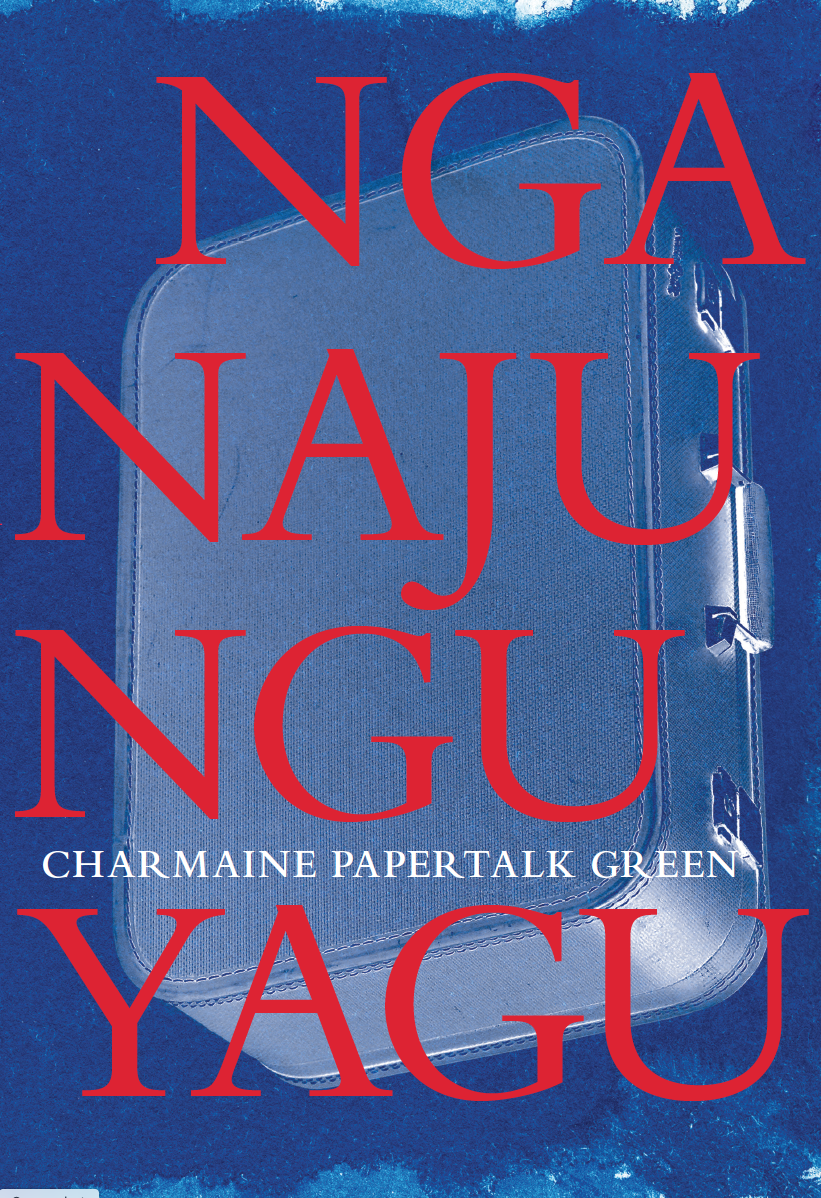 Since Charmaine Papertalk Green’s poetry was first published in The Penguin Book of Australian Women Poets in 1986, her voice on the page has been consistent: eloquently powerful, respectfully challenging and true to her role in life as a Yamaji Nyarlu.
Since Charmaine Papertalk Green’s poetry was first published in The Penguin Book of Australian Women Poets in 1986, her voice on the page has been consistent: eloquently powerful, respectfully challenging and true to her role in life as a Yamaji Nyarlu.
Introduction to Louise Crisp’s Yuiquimbiang
Read. This is poetry. Both a praise and a lament for Country. Read. There is little like it. Australia struggles with an embrace of the past, but Louise Crisp does not flinch from the intimacy of fact.

